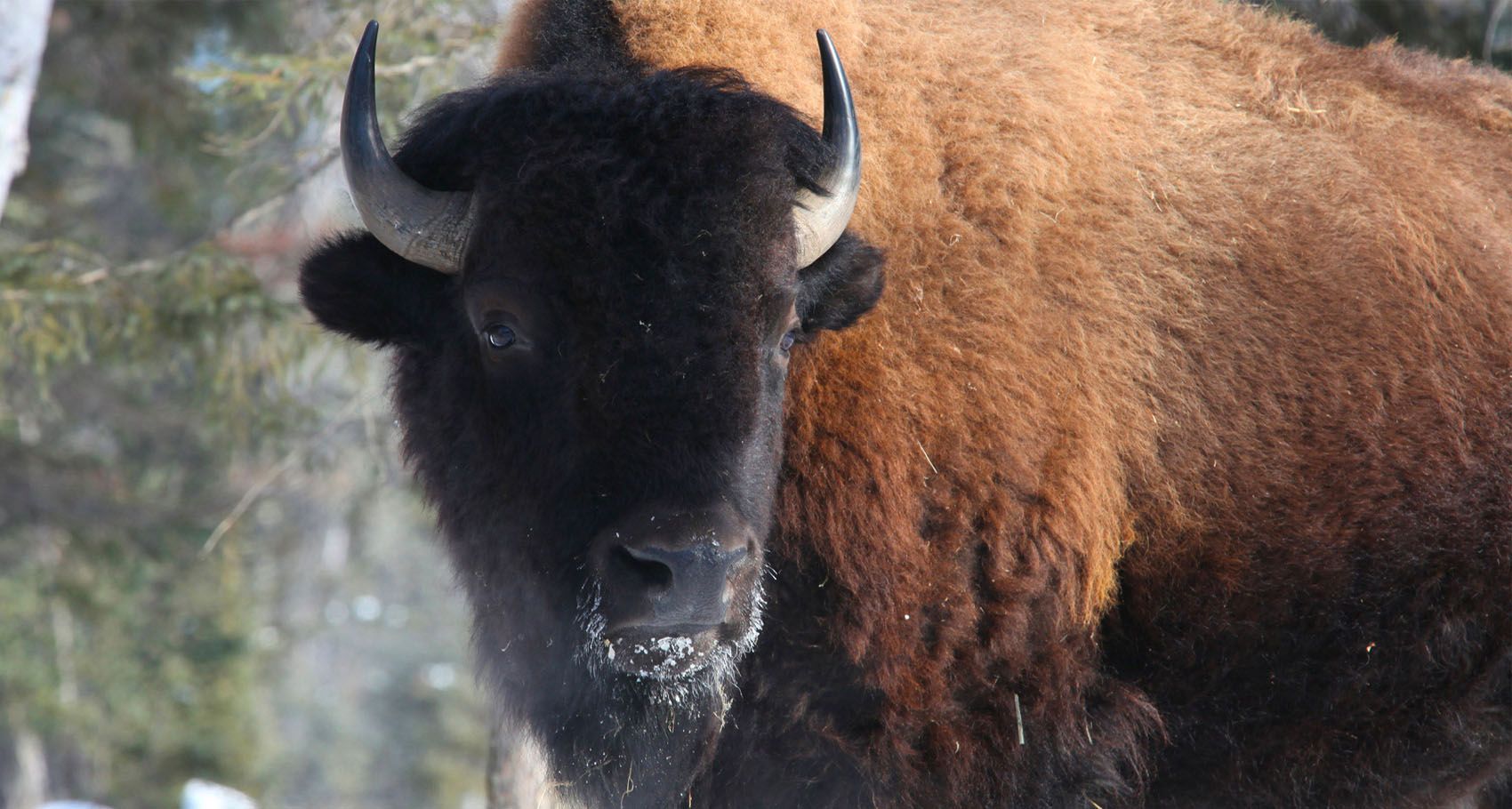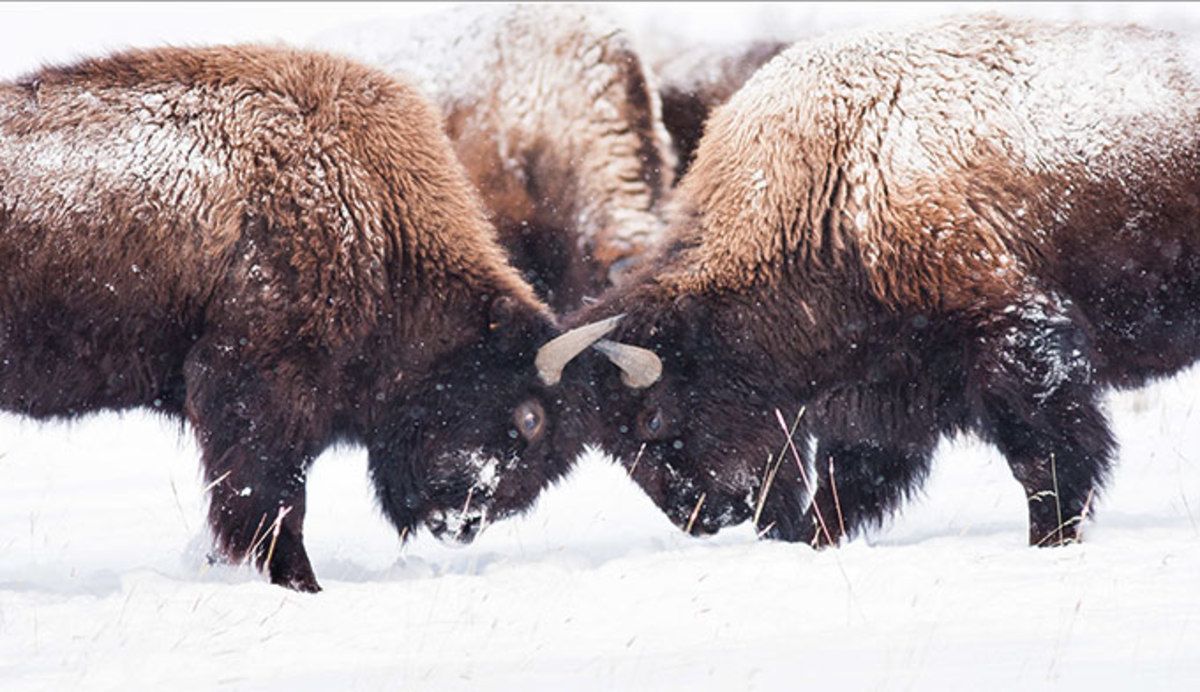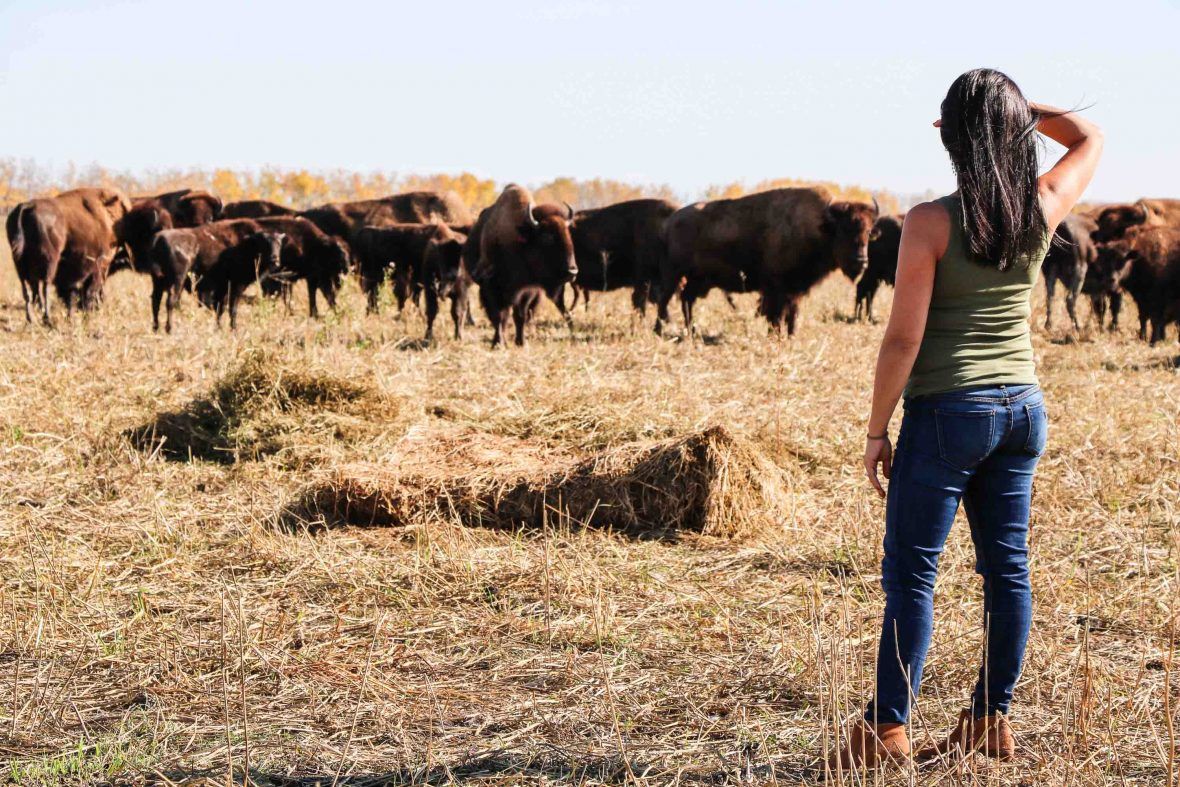Native Americans are bringing wild, free-roaming bison back to prairies across North America. The task is difficult, time-consuming, and requires coordination between tribes, governments, and wildlife activists. However, with the recent success they’ve experienced, the goal doesn’t seem so impossible anymore.
Saving the bison (or buffalo, as known to Native Americans) is more than just an environmental effort to protect the majestic animal. While they do serve as important sources of sustenance for many tribes, bison are also spiritually important because they serve as an important spiritual figure to many nations across North America. They revere the bison as a symbol of strength and unity. Protecting them is protecting Native Americans’ livelihood, culture, and spirituality.
Efforts to increase bison population can be best seen with herds found in Yellowstone. After a slaughter of thousands of bison at the end of the 19th century, it was estimated that there was only 23 bison left in the area. Today, there is around 4,000 wild and free bison roaming the area. Conservation efforts are led by tribes who inhabit the area in partnership with those running bison programs in organizations dedicated to protecting the environment. They aim to gradually introduce more herds into other areas across North America so the animals can thrive in their natural environment. In turn, ecosystems begin to thrive with the return of bison to tribal lands.
Other than dealing with genetic diseases pure-bred bison carry, those leading conservation efforts face political roadblocks to their goal. Tribes across eight reservations in the US and Canada had to coordinate their actions in order to ensure the growth of bison numbers. In 2014, 13 nations signed the Buffalo Treaty in which they agree to participate in efforts to increase bison numbers, engage the youth, and advance a collective call for bison conversation internationally. The governments of the US and Canada also need to coordinate their policies regarding the flow of people and bison across borders. While this is a difficult task, the Native Americans showed that it is possible to coordinate efforts towards bringing back wild bison.
Seeing 20 to 30 million bison roam freely across North America, as they once were, may only exist in a dream, but it’s not impossible to now see more of these beautiful animals. This would require coordinated efforts and a collective consensus from multiple parties, but results proved that they’re worth it. Bison serve as a symbol of strength and unity, and conservation efforts are proving to show just that.



